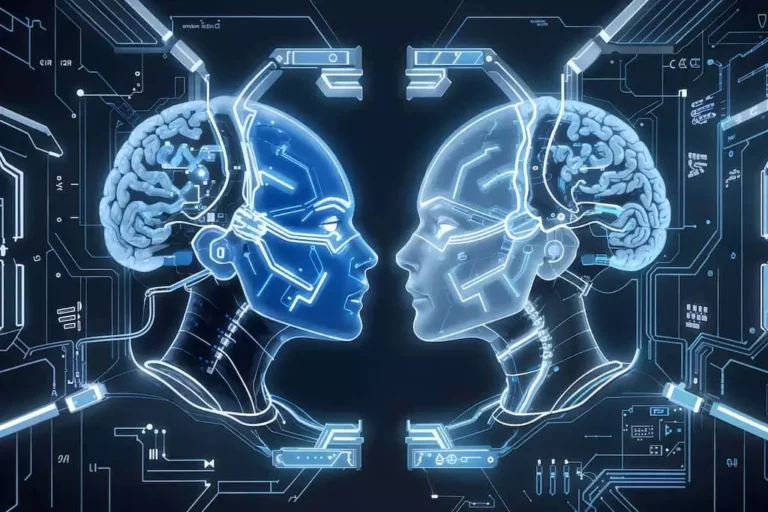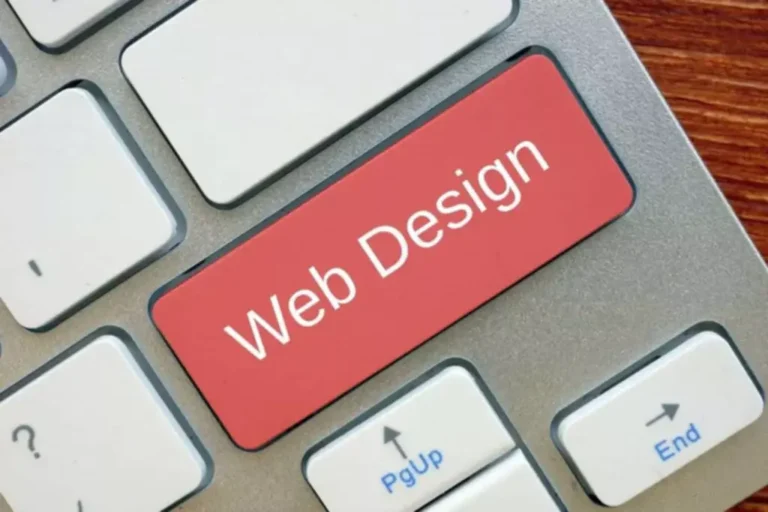Finally, the team ought to evaluation and refine the trigger cause-effect diagram and impact diagram with input from staff members. The diagram would not provide any quantitative data, making it difficult to prioritize and examine completely different possible causes. Add sticky notes, images, files, and photos as needed to make your diagram as useful as possible.
Add Causes To The Main Branches

If the impact is just too general of an announcement, totally different people involved will interpret it in very different ways. They may provide concerns which are irrelevant to the precise problem. A cause and impact diagram is usually prepared as a prelude to developing the necessary knowledge to empirically set up causality. The technique tells us what the most recurring causes liable for a sure impact are. Starting from an axiom “few causes are mainly answerable for a given effect” and it’s therefore possible to pay attention all the available resources only on these elements, disregarding the others.
- The cause and impact diagram is also referred to as the ‘fishbone’ diagram, the Ishikawa diagram, or the ‘feather’ diagram.
- If a selected trigger is a bit more complicated, be happy to attract smaller sub-branch traces coming off of the “cause” line.
- If the variables are associated but the scatter may be very high then the relationship is most likely not direct.
- They could provide considerations which are irrelevant to the precise drawback.
What Are Cause And Impact Diagrams
Lucid partners with trade leaders, together with Google, Atlassian, and Microsoft. Since its founding, Lucid has acquired quite a few awards for its products, enterprise, and workplace tradition. Lucidspark is straightforward to use and fosters creative concepts, efficient collaboration, and visible problem-solving. Plus, your documents could be accessed anytime, anyplace in the world, making it excellent for distributed groups to problem-solve efficiently. Your fishbone diagram should now include all of the attainable causes of the problem.
Something Is Fishy: Fishbone Diagrams For Project Administration
Figure 6-9 could also be used to work up comparable solutions for unreliable equipment systems. A beautiful paper (/files/other/storks.pdf) shows the issue of assuming causation between two variables. As the writer (Robert Matthews) says, it is “a non-trivial instance of a correlation which is highly statistically important, not instantly explicable and yet causally nonsensical”. Scatter diagrams are most easily generated using a spreadsheet to deal with the data. Most spreadsheets will permit you to generate a scatter chart as a part of the charting package.
The 5 Whys fishbone diagram is a problem-solving strategy that mixes the normal fishbone diagram with the 5 Whys approach. This method helps establish the basis causes of a problem by repeatedly asking “why” for every recognized cause until the underlying concern is found. MindManager makes it easy to unlock the ability of cause and impact or fishbone diagrams with improved collaboration, straightforward sharing, and customizable templates. It may be applicable to hunt theories from additional persons familiar with that factor of the method. There are several disadvantages to the usage of trigger and impact diagrams.

Check In Or Join A Mindmanager Account

The diagram begins with a single line, on the finish of which is stated the issue to be solved. Then a selection of branches are added that denote the general areas by which the causes of problems could also be discovered. The generic headings mostly used for these drawback areas are strategies (procedures), machines (equipment), folks, supplies, measurement, and setting.
For each factor you’ve recognized, perform a brainstorming session along with your group to list attainable causes. For a PMP credential holder, cause and impact diagrams are made easier when keeping a fishbone shape in thoughts. Start with the backbone (problem), with the right aspect being the top (effect), and ribs poking out along the backbone (causes). Each staff member brings a unique perspective and experience to the process, which could end up in identifying extra potential causes and the evolution of higher solutions.
At the top of the diagram is the “Effect” that the team is investigating. The skeleton becomes the various potential causes and the headers are the column heads from the affinity diagram. With this primary construction in place, a facilitator then collects possible causes from the staff assigned to the problem, and writes them into the diagram.

First, they are often exceedingly complicated, making them troublesome to read. Second, they display too many issues, resulting in project teams spreading their sources over too many options. And third, the brainstorming course of used to create a cause and effect diagram can lead to lots of irrelevant points that should not be included in the diagram. Once the entire fishbone diagram is accomplished, it’s advisable to begin with each potential root cause and “learn” the diagram forward to the impact it explains. Ensure that each causal chain makes logical and operational sense. The 5 Whys can be used as an individual tool or in tandem with a fishbone diagram.
Lucidspark, a cloud-based virtual whiteboard, is a core component of Lucid Software’s Visual Collaboration Suite. This cutting-edge digital canvas brings teams collectively to brainstorm, collaborate, and consolidate collective pondering into actionable subsequent steps—all in real time. Lucid is proud to serve prime businesses around the globe, together with customers corresponding to Google, GE, and NBC Universal, and 99% of the Fortune 500.
